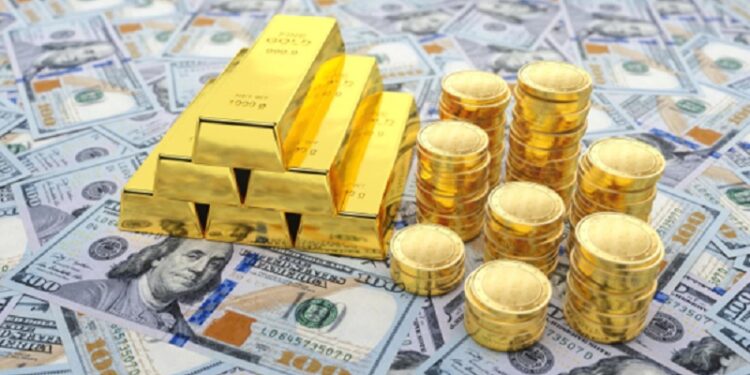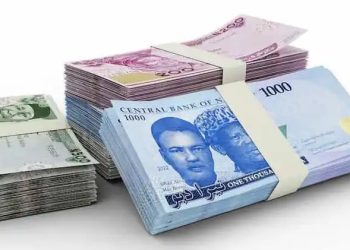Gold prices reached unprecedented levels on Thursday, signaling a continued rally that could see further surges, fueled by robust buying from central banks worldwide. Analysts project that prices could soar to $2,300 per ounce in the latter half of 2024, driven by a combination of factors including anticipated interest rate cuts by the U.S. Federal Reserve and sustained physical and futures demand.
The surge in gold prices is underpinned by its allure as a safe-haven asset, particularly in times of geopolitical uncertainty. Central banks, which have been accumulating historic amounts of gold over the past few years, are key players in this trend. Aakash Doshi, Citi’s North America head of commodities research, highlighted the potential impact of U.S. interest rate adjustments on gold prices, suggesting that lower rates could drive even greater demand for the precious metal.
Historically, gold prices have shown an inverse relationship with interest rates, making it an attractive option when rates are low. Additionally, a weaker dollar typically bolsters gold prices, further enhancing its appeal to investors seeking portfolio diversification.
The buying spree is not limited to central banks alone. Retail purchases of gold, including jewelry, bars, and coins, have also contributed significantly to the surge in prices. Countries like China and India, with strong cultural ties to gold, have seen substantial retail demand, particularly during wedding seasons.
China, in particular, has emerged as a dominant force in both central bank purchases and retail consumption of gold. Notably, the People’s Bank of China was the largest buyer of gold in 2023, while Chinese consumers surpassed India to become the world’s largest buyers of gold jewelry.
India, despite experiencing a slight dip in jewelry consumption demand, saw an increase in investment in gold bars and coins. The Reserve Bank of India’s continued purchases of gold further underscored the country’s enduring appetite for the precious metal.
Turkey, facing economic challenges including soaring inflation and a weakening currency, also witnessed a surge in gold demand. Investors sought refuge in gold amid political uncertainty during the presidential elections, driving up retail purchases.
Despite fluctuations in global economic conditions, gold remains a resilient asset class, offering stability and value preservation for investors worldwide. As central banks and retail consumers alike continue to drive demand, gold prices are expected to remain buoyant in the foreseeable future.











